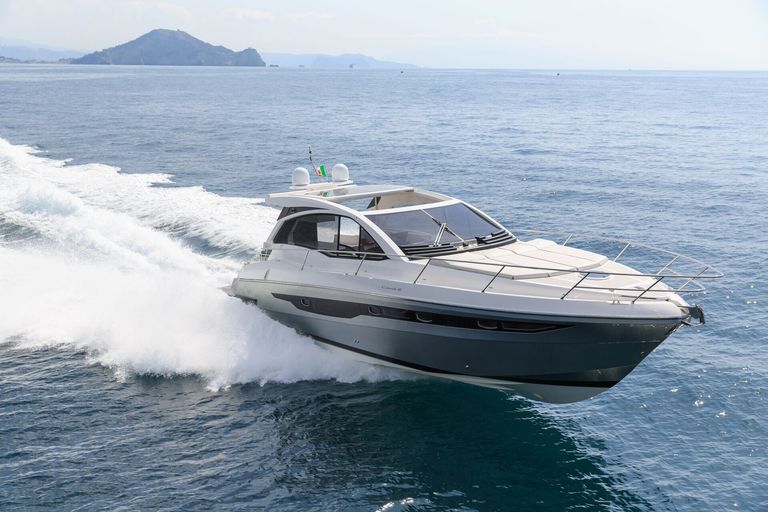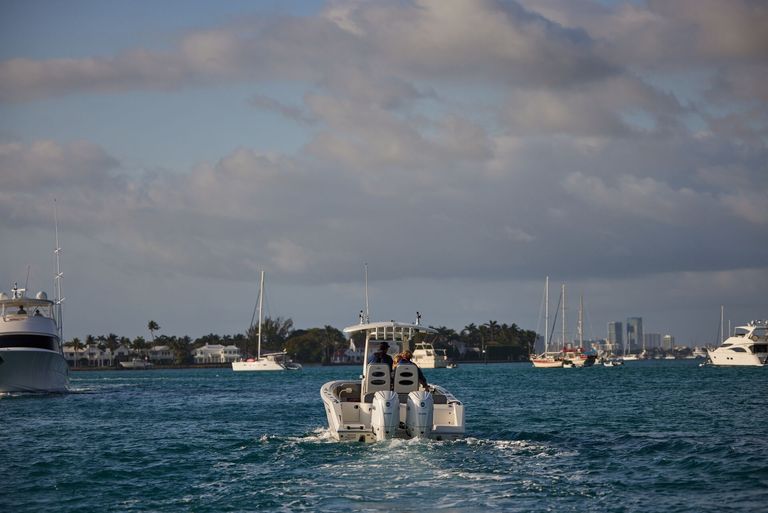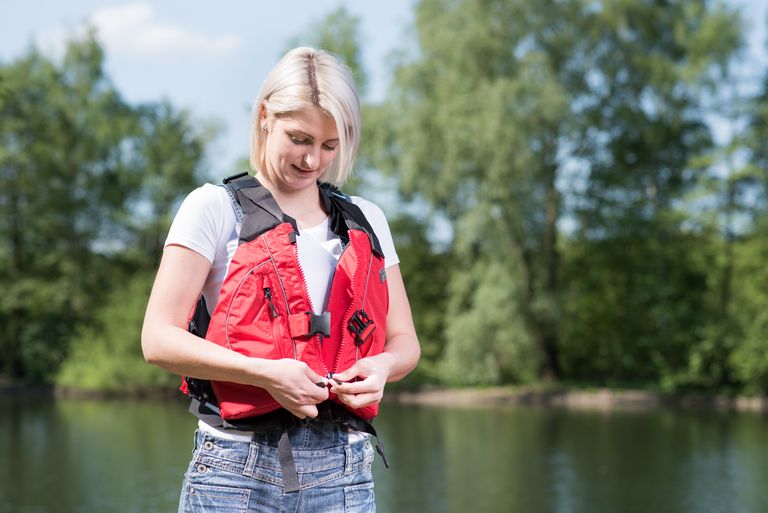All About Lifejackets: Which One Do You Need?
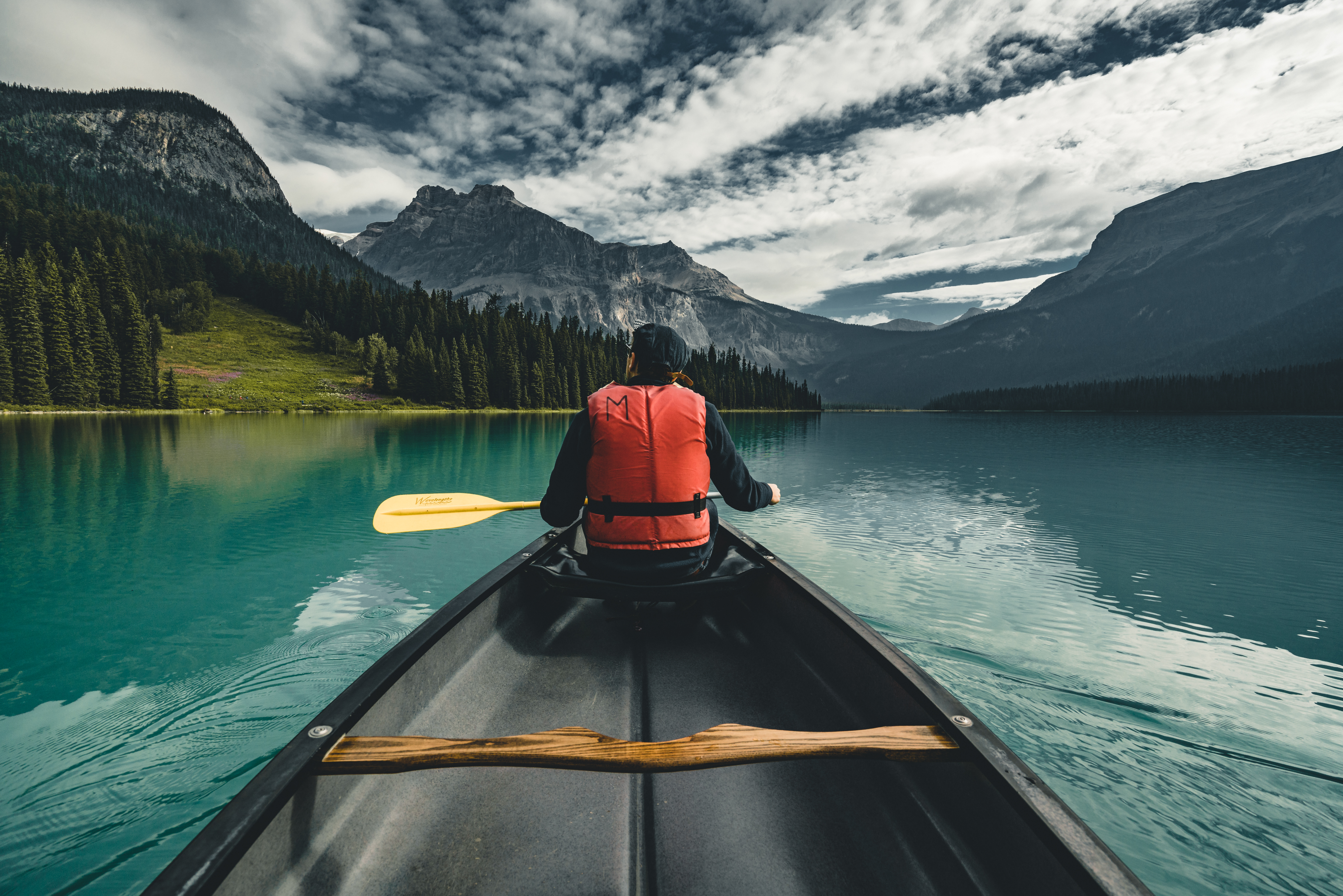
If you've ever considered heading out for a day on the water without wearing a lifejacket, we hope you won't ever think that way again! A lifejacket can be the difference between life or death for someone in the water.
In 2022, the U.S. Coast Guard reported that 85% of the boaters who drowned that year were not wearing life jackets. So, having (and wearing) a lifejacket or personal flotation device (PFD) can be the best safety equipment to avoid boating fatalities.
Additionally, all vessels are legally required to carry U.S. Coast Guard-approved jackets. The number and type of lifejackets you need depend on the length of your boat and the number of people on board.
Today, we focus on one of the best safety tips every boater should know: wearing your life jacket is the simplest way to stay safe and protect yourself and your passengers. However, before you buy "just any" PDF, keep reading to learn about the different styles of life jackets and which ones you need.
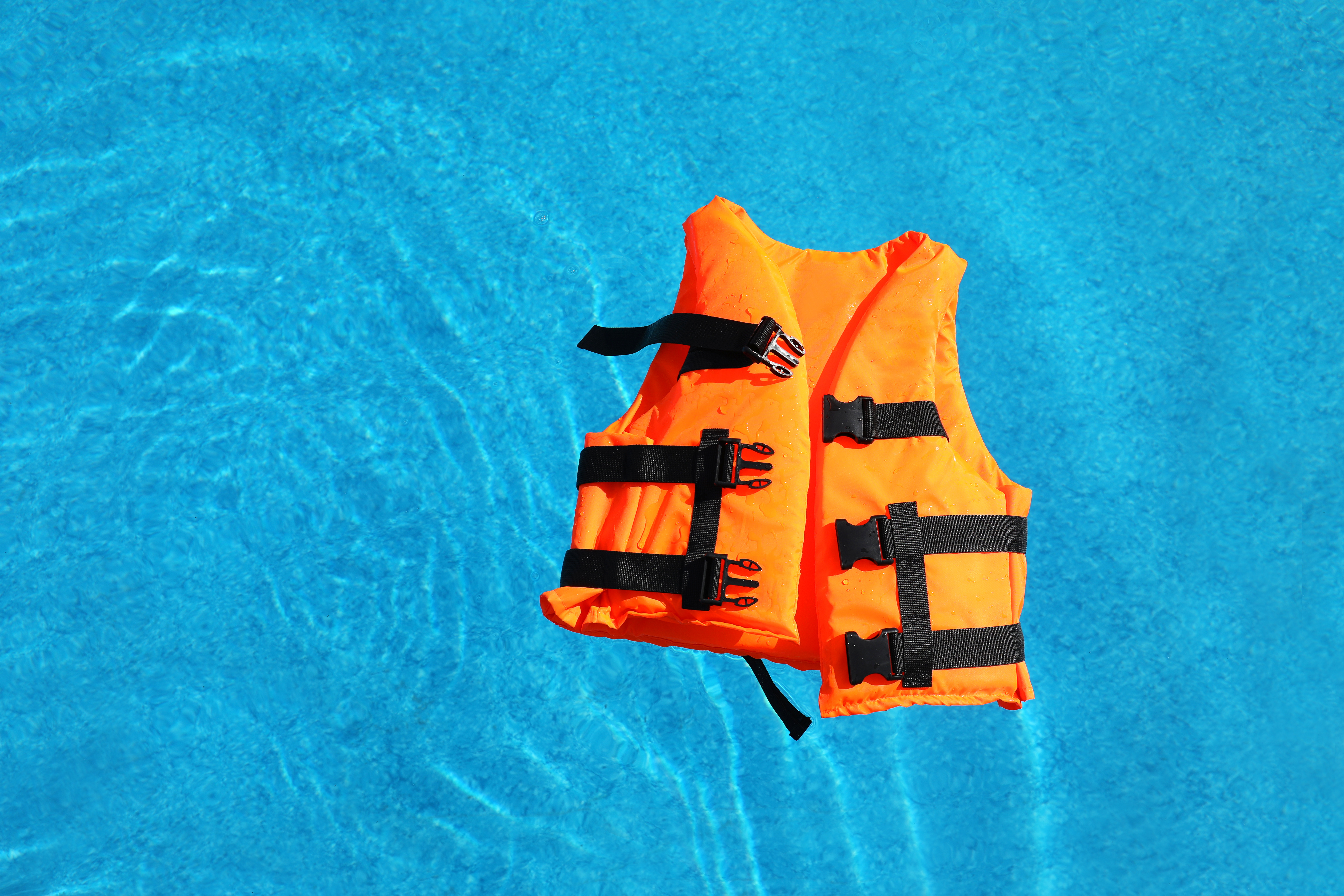
What Are the Types of Lifejackets?
A responsible boater is always ready for the water, no matter the activity. That means boaters need to understand the different types of PFDs and what they're for, then equip their boats accordingly.
Here's a quick overview of the different types of lifejackets and when to use them based on what you're doing in the water.
Wearable Life Preservers
When boating or participating in watersports (like jet skiing), kayaking, or waterskiing, you need a wearable life preserver (or lifejacket).
However, not every type of lifejacket works the same way. Make sure you have a lifejacket that responds appropriately based on your water activities.
Near-shore Vests
A near-shore vest is ideal if you plan to relax on your boat without venturing too far from the shore.
These lightweight vests are perfect for calm waters where quick rescue is nearby and highly likely if needed.
A near-shore vest can turn unconscious wearers face up in the water, but it's not as guaranteed as an offshore lifejacket. So, if you're not sure a near-shore vest will keep you safe while on the water, consider an offshore lifejacket.
Offshore Life Jackets
If you plan to venture away from the shore in deeper waters where a quick rescue is less likely, get an offshore lifejacket.
An offshore PFD is ideal for better buoyancy in deep or rougher waters.
Designed for remote waters where rescue could take a while, these jackets will turn most unconscious people face up in the water.
Inflatables
Inflatable vests are ideal for watersports when there is a high probability of a quick rescue.
These vests are intended for calm waters; some are designed to inflate when you enter the water!
However, if your water activity takes place in rougher waters, skip these jackets and choose a near-shore or offshore PDF. In most cases, an inflatable won't turn unconscious people face up in the water.
Special-Use Devices
Consider a special-use device when participating in activities like windsurfing, waterskilling, or kayaking. Like an inflatable vest, some special-use devices inflate when you hit the water.
These flotation devices come in several designs, including deck suits, vests, and hybrid PFDs.
Throwable Devices
As the name implies, boaters won't wear a throwable device like a traditional life jacket. Instead, you'll throw these flotation devices to someone in trouble in the water.
Avoid using these devices in rough waters or if the person in the water can't hold onto them.
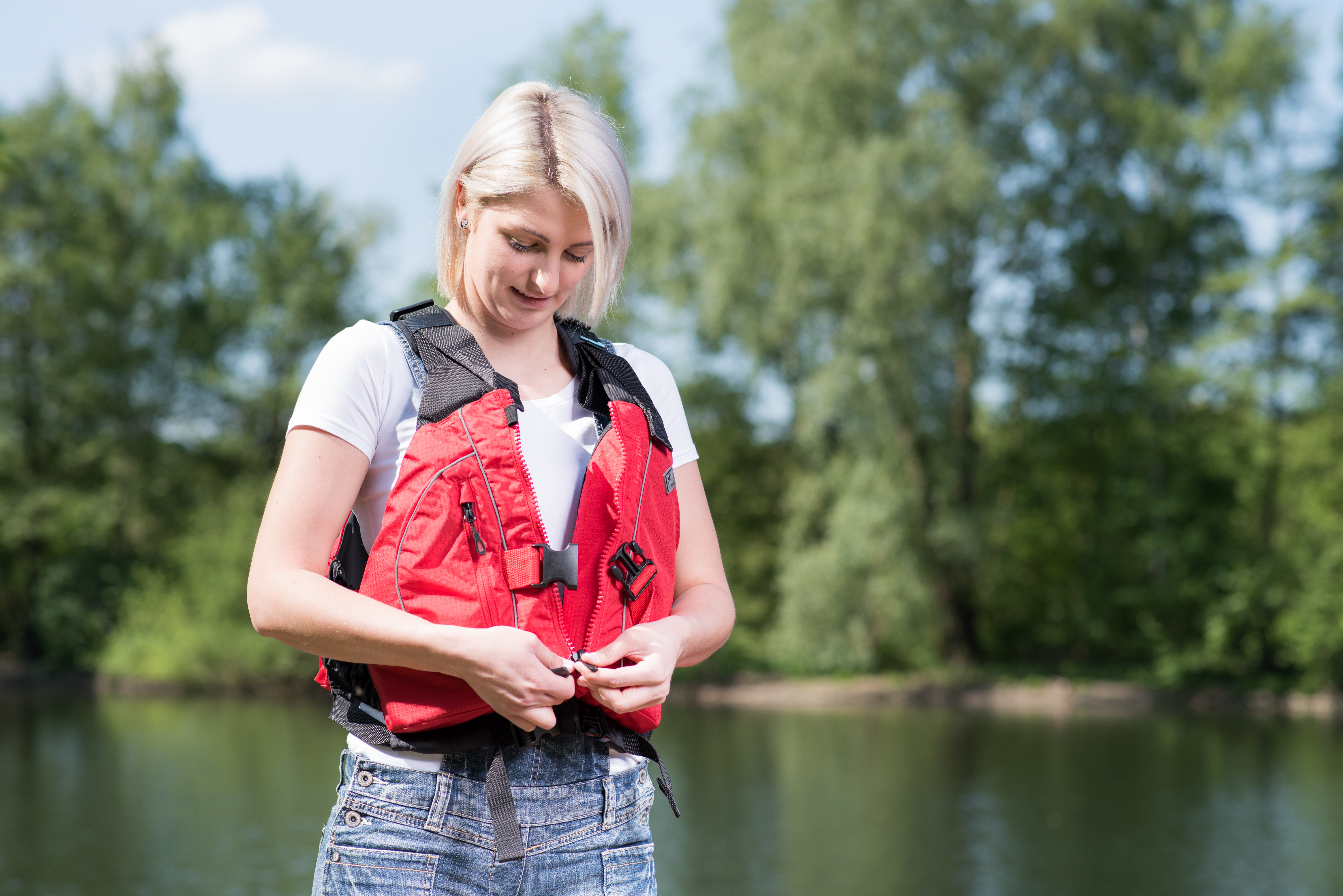
Find the Right Fit
Lifejackets come in multiple sizes to fit people of all sizes. So, in addition to choosing the right PFD for your water activity, make sure it fits properly!
When stocking your boat with lifejackets for passengers, remember that kids need smaller jackets than adults. A well-fitting lifejacket should fit snugly – but not too snugly. It shouldn't be too small or too large for the person wearing it.
Then, after buying your lifejackets, take good care of them. Check them before every outing on your boat and at the start of every season. Look for tears or other damage that could make them ineffective in the water when you really need them to work.
Buy Approved Life Jackets
There are many different brands and quality ranges when shopping for lifejackets. However, to help you narrow down your search for the right PFDs, trust only U.S. Coast Guard-approved lifejackets.
The Coast Guard is a national catalyst for developing a safe boating culture. They provide educational resources, outreach programming, and training opportunities for industry partners and the boating community for safe, secure, and responsible boating.
Take a Boater Safety Course
Wearing a life jacket on the water can save your life, but it's only one crucial aspect of safe boating.
More than 40 states have boater education requirements to operate a watercraft in the United States. Canada also has requirements for boat operators to pass a boating exam. Only an approved boater safety course will fulfill the boater education requirements for your area.
While we hit the highlights about lifejackets here, taking a safety course and passing a boaters exam gives you more in-depth insights into different types of life jackets and the best safety equipment to keep friends and family safe on your boat throughout each season.
Through a BOATERexam course, you'll also learn good boat etiquette and how to navigate your boat safely to help keep other boaters safe on the water.
Boat Safely With Boating Education through BOATERexam
If you're ready to get out on the water this season, get your boating education card online through BOATERexam today!
We offer state-approved online courses for your area, including courses approved in Canada. Find and select your state's course, or select the course for Canada, and then start learning!

